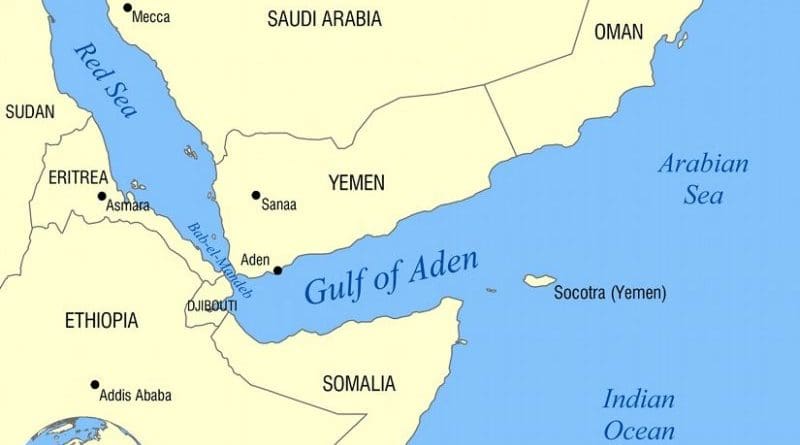Measuring Stick: Japan’s Anti-Piracy Campaign – Analysis
On 14 July, the Japanese government agreed to extend its anti-piracy activities in the Gulf of Aden for another year. The Japanese Maritime Self-Defense Force (MSDF) has been operating in the strategic waterway off the coast of Somalia since 2009. Tokyo currently deploys a number of destroyers and P-C3 patrol aircraft to ensure the safe passage of Japanese vessels as mandated under the country’s Anti-Piracy Measures legislation.
The number of hijackings has declined over the past three years but the Japanese Ministry of Defense insists that the continuation of the mission is necessary.
While announcing the extension, Japan’s Minister of Defense Satoshi Morimoto insisted, “Regarding the piracy issue in the Gulf of Aden off the Coast of Somalia, when looking at the number of cases, there was a decrease for this year in comparison to the previous year. However, the situation still remains unpredictable.”
Piracy surrounding the Horn of Africa continues to plague maritime commerce and threaten the global supply chain. According to the International Maritime Bureau (IMB), there have been 69 hijacking incidents off the coast of Somalia in the first half of 2012.
While the cost of piracy varies by nation and calculation, the IMB estimates that pirates operating around the Gulf of Aden siphon off more than $1 billion annually from the international economy. The costs are not merely ship and crew ransoms, but also macroeconomic factors such as the degradation of the fishing industry, the loss of the region’s prestige as a reliable set of trade partners and even a drop in tourism.

